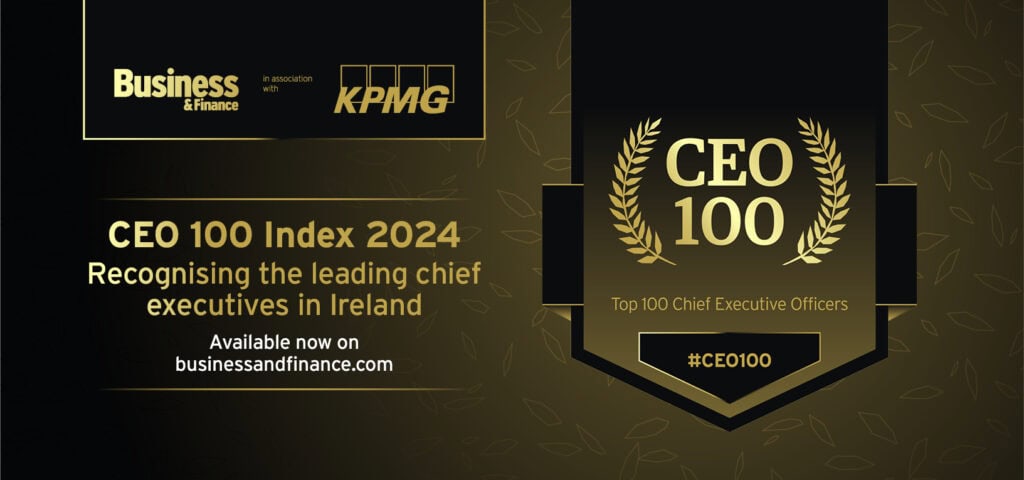By Matt Richardson, founder and managing director, betterFX
What I want to tell you about is not a technological revolution, but a revolutionary change of approach in the way that foreign exchange (FX) services are ‘sold’.
Every now and then a new business arrives on the scene that really does challenge the status quo.
I am not talking about all the fintech start-ups that tinker at the margins of mainstream banking whilst screaming about how they will disrupt the entire banking sector (you only need look at the recent financials results of some the banking giants to see they seem to be doing just fine).
Indeed, where technology is concerned, the big banks have the deepest of pockets to invest and they are not doing nothing themselves; one of the banks I used to work for famously claimed to have more developers than Google.
The FX market has had its fair share of dodgy publicity in recent months, and in a way I can see how it ended up with the problems it did.
There has always been a mantra for those working in FX, to ‘take whatever you can get away with’. In other words, apply as much margin as you feel you ‘safely’ can, i.e. without getting into some kind of trouble with the client or regulators.
Every firm has a different sense of what the maximum limit is to avoid reputational risk, but suffice to say for all of them it is pretty high.
So how did this culture been evolve? I see three main causes:
- It is a fast moving, lightly regulated, volatile and unpredictable market making it very hard for any one who is not an expert to even know what a good rate should look like. This provides an excellent smokescreen for those wishing to maximise margins taken.
- In the past, and in some cases today too, technological limitations of some providers has made it (conveniently?) difficult to give clients the total transparency that would help them understand their real costs. Knowing that your clients are ‘blind’ to their pricing is a very tempting position to be in when your job is to maximise profits. Bizarrely, clients will commit to million or multi-million dollar trades where they will only know the price afterwards. That’s akin to buying a super car, or a house without knowing the cost until after you are committed.
- For many businesses, FX is neither a key area of focus nor expertise.
Add to these reasons above that most companies take their advice from these same FX providers and you have a market massively skewed to the advantage of those providing FX services and hugely against their customers.
The FX market has had its fair share of dodgy publicity in recent months, and in a way I can see how it ended up with the problems it did
ALIGNING PRIORITIES
Now, everything so far is really just a pre-amble to the title of this piece.
Having spent over 20 years in the FX market all over the world, working for some of its biggest and smartest participants, I have walked away from that feeling of always having starkly conflicting priorities; needing to help my clients but also needing to make as much money from them as possible.
I founded betterFX last year to change the way FX is sold to companies. The company has just one simple goal; to get clients the very best deal the market can offer.
Instead of being rewarded based on how much money can be made from clients, now it’s based on how much money clients will save. Now, that is called being aligned with your client’s interests.
Using knowledge of the market and relationships with banks and non-bank FX companies established over decades, betterFX is now opening the eyes of clients across the world and saving them a fortune.
And best of all, it feels really good!
 About the blogger
About the blogger
Matt Richardson has spent his career in FX at JP Morgan, Deutsche Bank and Travelex, and in that time worked in and with all aspects of the FX market.
This included developing foreign exchange products and platforms, running FX sales teams, and advising other banks how to improve their client offerings.
Matt’s career in foreign exchange has spanned Europe, Middle East/Africa, Asia and the US.
For more information, email Matt or visit Matt’s LinkedIn account.



